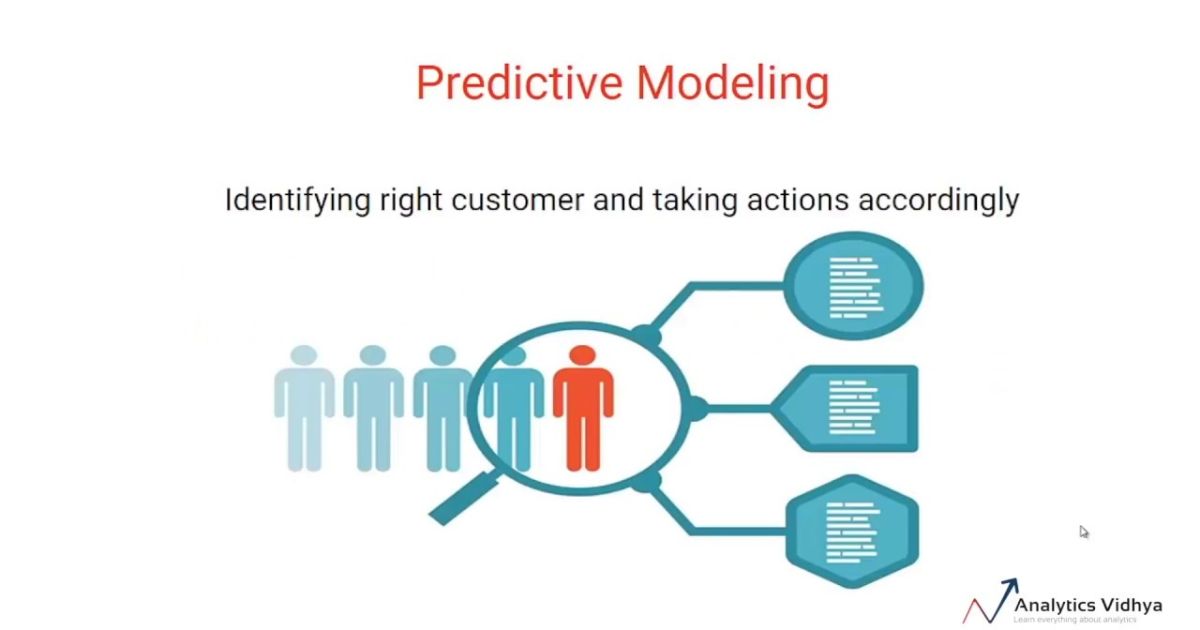In the world of marketing research, quantitative methods serve as the compass that guides decision-making. Like a skilled artist using a palette of data-driven techniques, professionals employ surveys, experiments, and statistical analysis to paint a vivid picture of consumer behavior.
Market segmentation studies carve out distinct customer profiles, while predictive modeling and forecasting illuminate the path forward. Join us as we explore the most common examples of quantitative marketing research, providing insight and belonging to those seeking to navigate this dynamic landscape.
Key Takeaways
- Surveys and questionnaires are valuable tools for gathering customer feedback and opinions on a large scale.
- Experimental research allows for testing causal relationships between variables and making data-driven decisions based on quantitative data.
- Data analysis and statistical techniques, such as data visualization and correlation analysis, help uncover meaningful insights for effective marketing strategies.
- Market segmentation studies divide target markets into distinct groups based on specific characteristics, allowing for customized marketing strategies tailored to each segment.
Surveys and Questionnaires
One common method of collecting quantitative data in marketing research is through the use of surveys and questionnaires. Surveys and questionnaires are valuable tools for gathering customer feedback and opinions, allowing businesses to collect data on a large scale and analyze it for insights.
Online surveys have become increasingly popular in recent years due to their convenience and accessibility. They offer a cost-effective way to reach a wide audience and gather feedback quickly. Online surveys can be designed to target specific demographics or customer segments, allowing businesses to tailor their questions and analyze the data accordingly.
This method allows for efficient data collection and analysis, providing businesses with valuable insights into customer preferences, behaviors, and satisfaction levels. By utilizing surveys and questionnaires, businesses can make data-driven decisions and improve their marketing strategies to better meet customer needs.
Experimental Research
The experimental research is a commonly used quantitative marketing research method that allows businesses to test the causal relationship between variables and make data-driven decisions. It involves the manipulation of one or more independent variables to observe their impact on a dependent variable. Here are three important aspects of experimental research:
- Experimental design: This refers to the systematic planning and setup of the experiment, including the selection of variables, the assignment of participants to different groups, and the control of extraneous factors. A well-designed experiment ensures valid and reliable results.
- Control group analysis: Experimental research often involves comparing the effects of an intervention or treatment on a group of participants (experimental group) with a control group that does not receive the intervention. This helps to isolate the impact of the independent variable and measure its true effect.
- Data-driven decision-making: By conducting experimental research, businesses can gather quantitative data that allows them to make informed decisions based on statistical analysis. This helps to minimize subjective biases and increase the accuracy and reliability of marketing strategies.
Data Analysis and Statistical Techniques
Data analysis plays a crucial role in quantitative marketing research, enabling businesses to uncover meaningful insights and make data-driven decisions.
One of the key techniques used in data analysis is data visualization, which involves presenting data in visual formats such as charts and graphs to help marketers understand patterns and trends. This technique allows marketers to easily identify outliers, spot correlations, and communicate complex information in a visually appealing and easily understandable manner. Another important statistical technique used in data analysis is correlation analysis.
This technique helps marketers determine the strength and direction of the relationship between variables, enabling them to identify factors that influence consumer behavior or measure the impact of marketing campaigns. By employing these data analysis and statistical techniques, businesses can gain valuable insights that drive effective marketing strategies and ultimately foster business growth.
Market Segmentation Studies
Market segmentation studies involve dividing a target market into distinct groups based on specific characteristics or consumer behaviors, allowing marketers to tailor their strategies and offerings to meet the unique needs and preferences of each segment. This approach helps marketers identify and understand their target audience more effectively, enabling them to create targeted marketing campaigns and deliver personalized experiences.
- Target audience identification: Market segmentation studies help marketers identify their target audience by analyzing demographic data, such as age, gender, income, and location, as well as psychographic factors like values, attitudes, and lifestyle.
- Consumer behavior analysis: By studying consumer behaviors within different segments, marketers can gain insights into purchasing patterns, motivations, and preferences. This information helps them design marketing strategies that resonate with each segment and drive desired consumer actions.
- Customized marketing strategies: Market segmentation studies enable marketers to develop customized marketing strategies for each segment, tailoring their messaging, product offerings, pricing, and distribution channels to meet the specific needs and preferences of each target group.
Predictive Modeling and Forecasting
Through the use of predictive modeling and forecasting, marketers can gain valuable insights into future trends and consumer behavior, allowing them to make data-driven decisions and optimize their marketing strategies. Predictive analytics involves the use of historical data and statistical algorithms to forecast future outcomes and trends.
By analyzing patterns and relationships within the data, marketers can identify potential opportunities and challenges. Trend analysis, on the other hand, focuses on identifying and understanding patterns and shifts in consumer behavior over time.
Marketers can use this information to anticipate future consumer preferences, demands, and market trends. By incorporating predictive modeling and forecasting into their marketing research, businesses can stay ahead of the competition, develop targeted strategies, and effectively meet the needs of their customers.
Conclusion
In conclusion, the most common quantitative marketing research techniques include surveys and questionnaires, experimental research, data analysis and statistical techniques, market segmentation studies, as well as predictive modeling and forecasting.
These methods provide valuable insights into consumer behavior, market trends, and help businesses make informed decisions. By utilizing these techniques, marketers can optimize their strategies and achieve desired outcomes. Stay tuned for more in-depth analysis and practical applications of these research methods in future articles.










